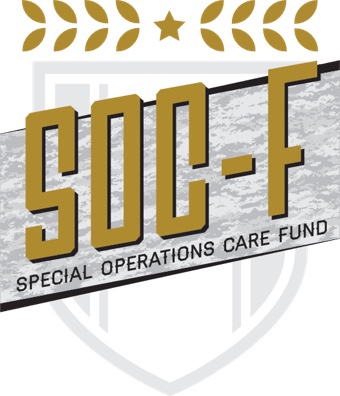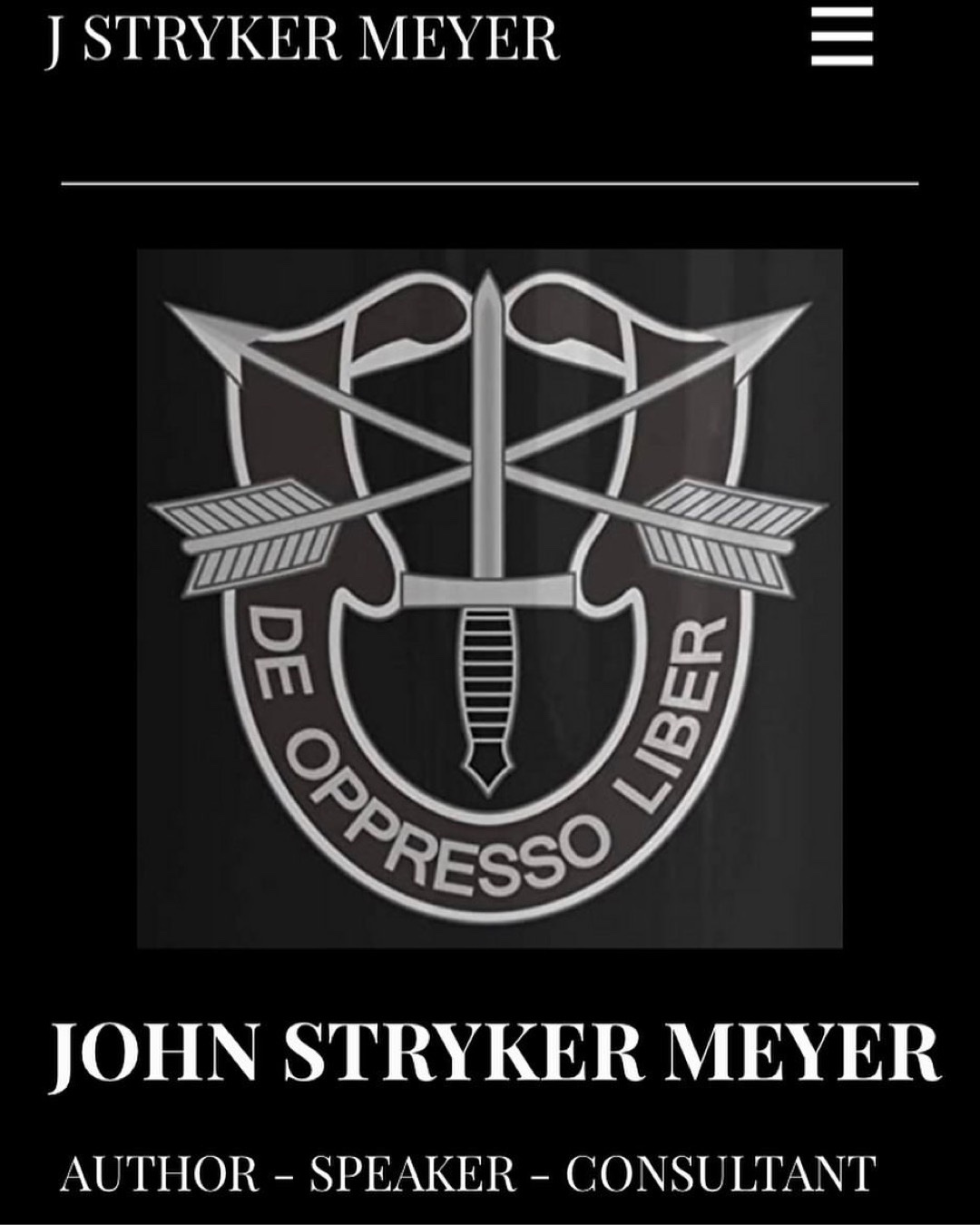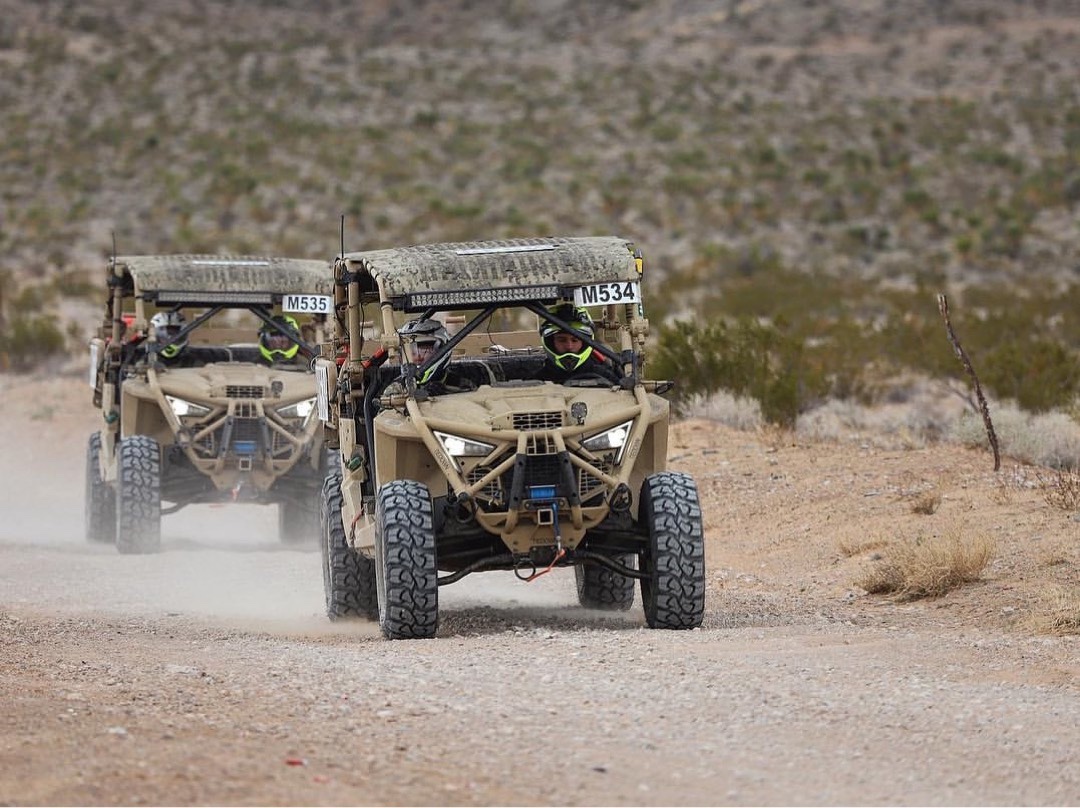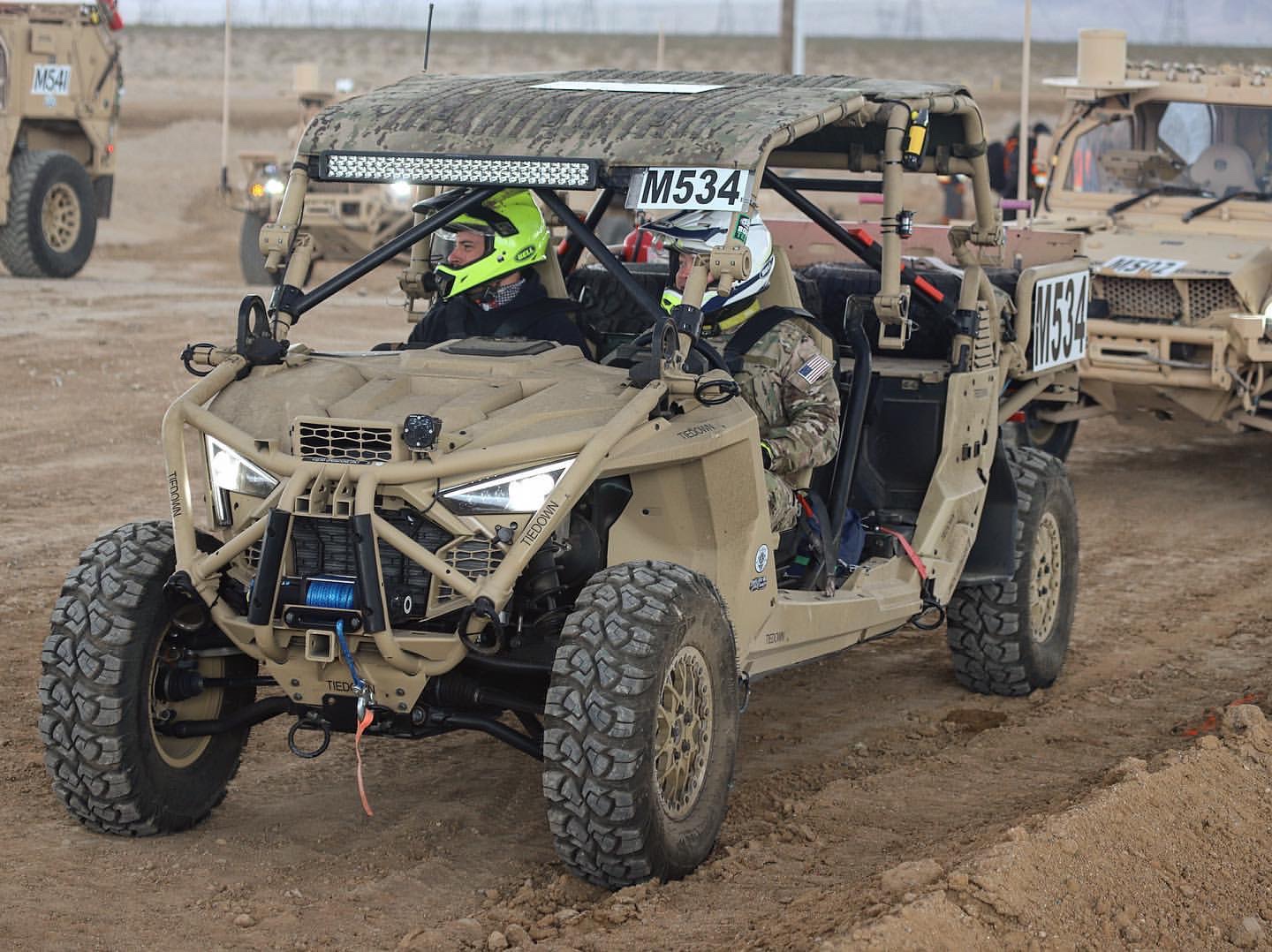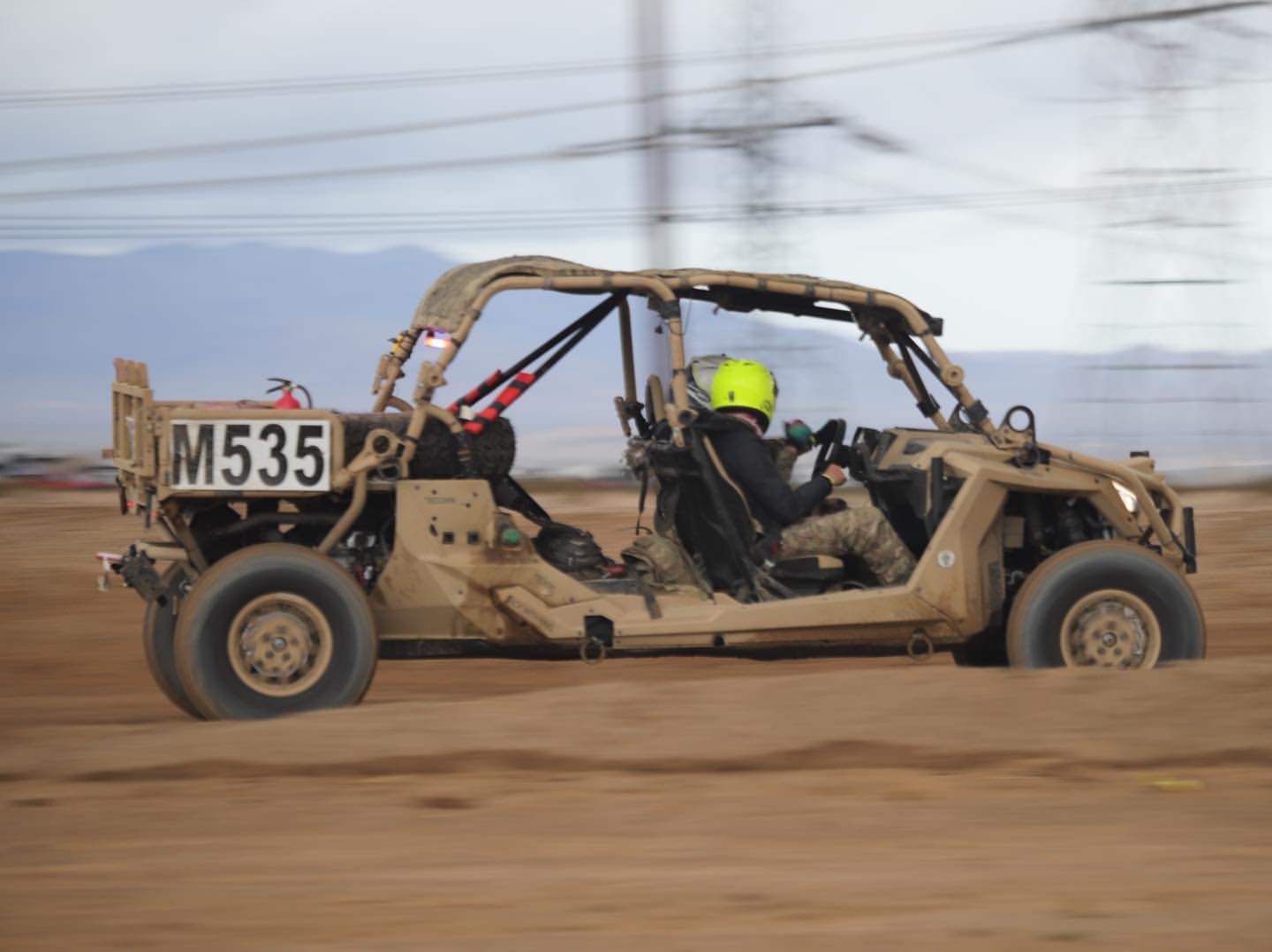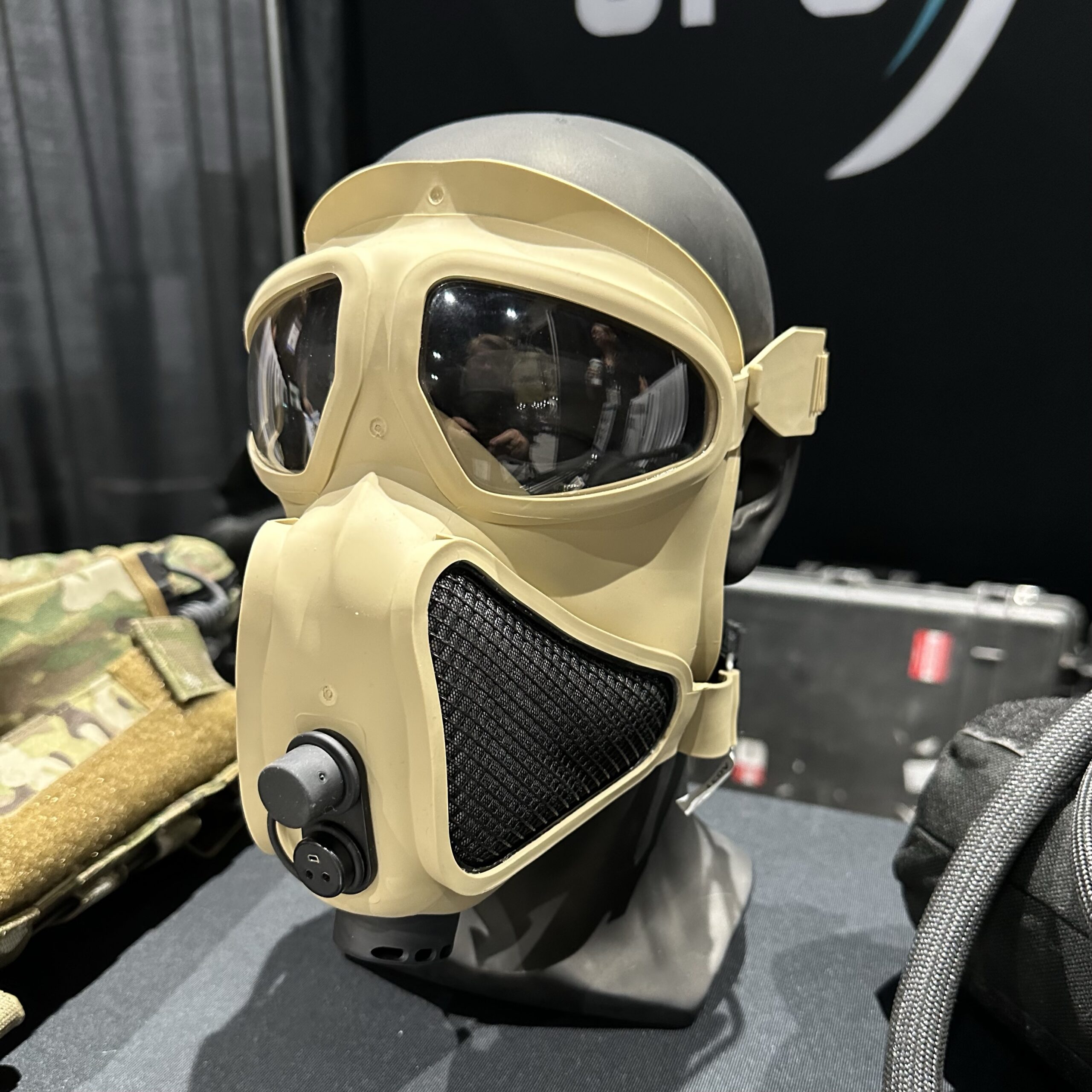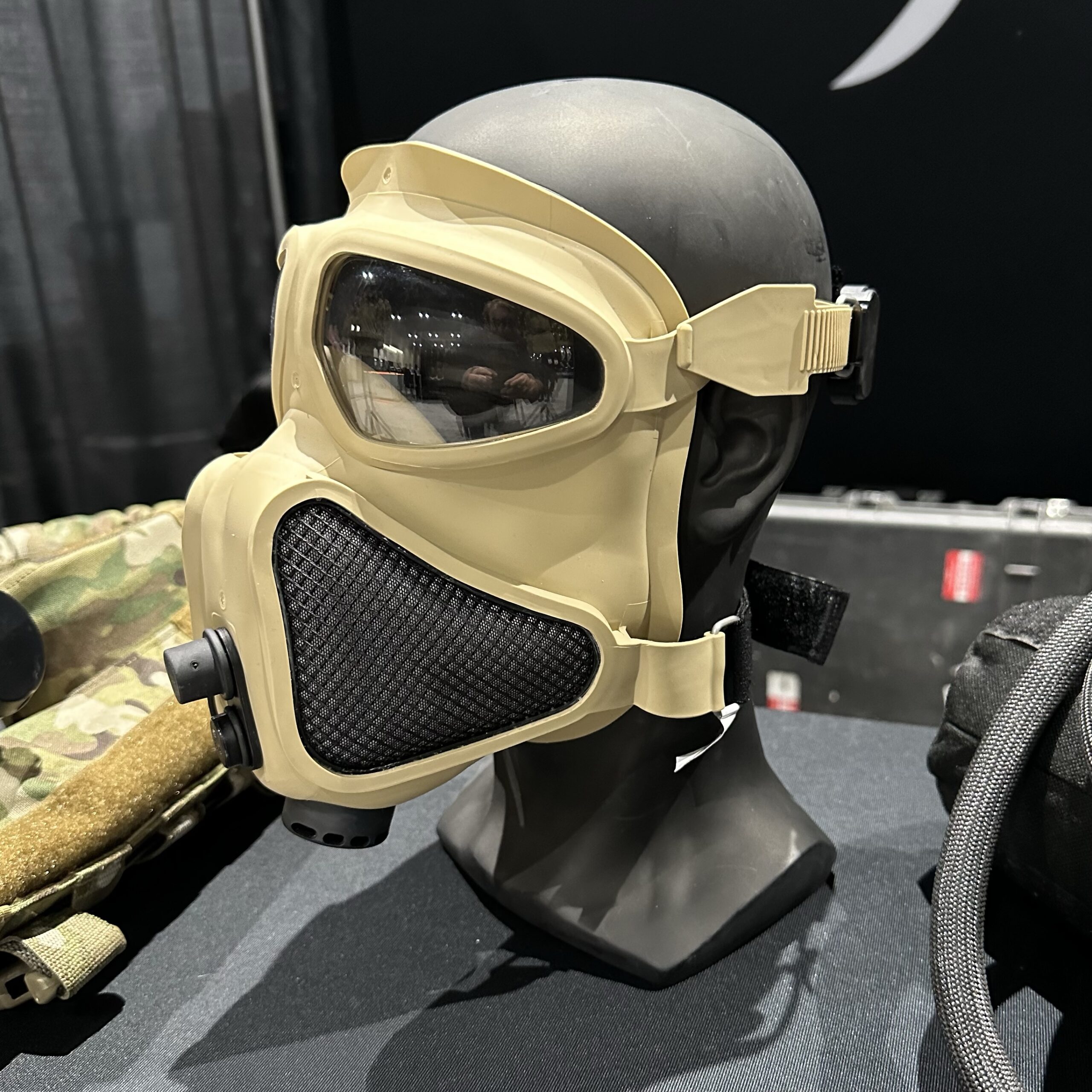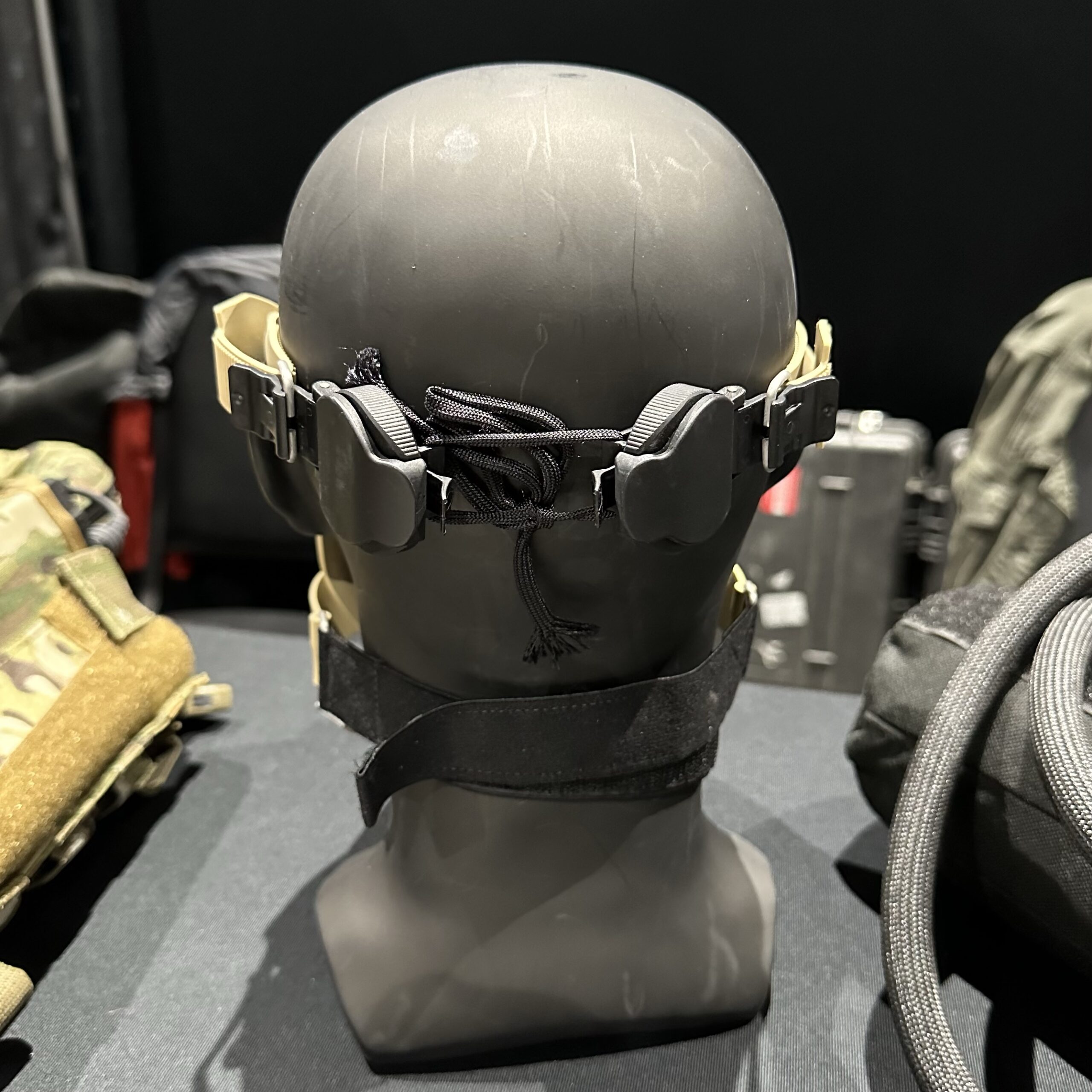HURLBURT FIELD, Fla. —
Carlos Rodgers, the Principal Deputy Assistant Secretary for Financial Management and Comptroller, recently met with senior leaders here to discuss the strategic issues and priorities impacting the financial management career field.
The meeting was hosted by Air Force Special Operations Command at the Joint Operations Planning Center for members of the Executive Session.
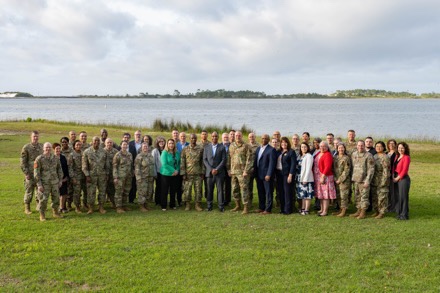
“The AFSOC team provided exceptional planning support and created an environment that drove the success of this session,” said Rodgers.
During the three-day executive session, FM leaders engaged in detailed discussions on the future design of financial management functions. The participants covered topics such as resource management optimization, budgeting in the garrison and deployed environments, and enhancing customer service.
“We need to achieve these goals while balancing audit requirements, automating processes, improving data analytics capabilities, and maintaining a highly trained, diverse, and inclusive workforce.” said Rodgers.
Events like these can help improve the future of the Air Force by ensuring commanders have the resources they need to properly handle the mission in today’s shifting operational and constrained financial environment.
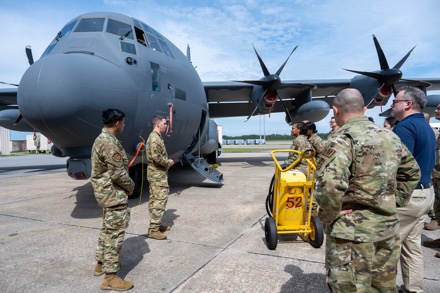
Additionally, timely and accurate delivery of financial services allows Airmen and Guardians to focus on the mission instead of the cost of how to accomplish the mission.
Furthermore, these types of events can also improve business systems and processes that will lead to accurate financial statements, thereby driving increased confidence with Congress and the American taxpayer.
“The overarching intent of the session is to improve the delivery of financial management services and decision support across the DAF,” said Rodgers. “With a focus on driving progress toward the vision set out in the DAF FM Strategic Plan, the attendees reviewed the progress, re-vectored as necessary, and established a clear way ahead for each line of effort.”
Insights gained from this executive session are integrated into AFSOC and the Air Force’s overall strategy and operations.
Jeff Decocker, AFSOC director of Financial Management and Comptroller, pointed out that AFSOC stands at a strategic inflection point.
He also stated that the challenges that AFSOC face include great power competition, tightening fiscal constraints, and the accelerating pace of technological change. This ensures that AFSOC will overcome those obstacles, it starts with Airmen because they form the core of Air Force competitive advantage.
AFSOC efforts are focused on providing forces ready to generate advantage in competition, enable the joint force in conflict, and respond to crises while remaining engaged in countering violent extremist organizations.
“The Department of the Air Force must invest in operational capabilities that protect our ability to deter conflict and project power against pacing challenges,” said Rodgers. “Financial management is at the core of our ability to accelerate these investments.”
Innovation is an integral part of the Air Commando culture and that extends to the Comptroller community.
Hurlburt Field is leading an initiative to improve financial customer service across the Air Force. The 1st Special Operations Comptroller Squadron created an appointment-based system enabling a virtual face-to-face meeting between the customer and the member using Microsoft Teams. This innovative approach gives time back to the customer enhancing mission accomplishment.
AFSOC FM is also partnering with our U.S. Army and United States Special Operations Command counterparts to implement financial approaches to impose cost, reduce purchasing power, and decrease our adversaries’ operational efficiency. Understanding how our adversaries move, store, and use resources can be a powerful deterrent for our commanders to apply down range.
Many innovations are being brought to fruition by Airmen, Guardians, and senior leaders throughout the Air and Space Force.
“The DAF FM Executive Session is a critical element in maintaining the momentum toward building the future FM organizations and capabilities needed by the Department of the Air Force,” said Rodgers. “This executive session was an essential step in improving financial management across the Air and Space Force.”
By U.S. Air Force Airman 1st Class Alysa Knott
1st Special Operations Wing



